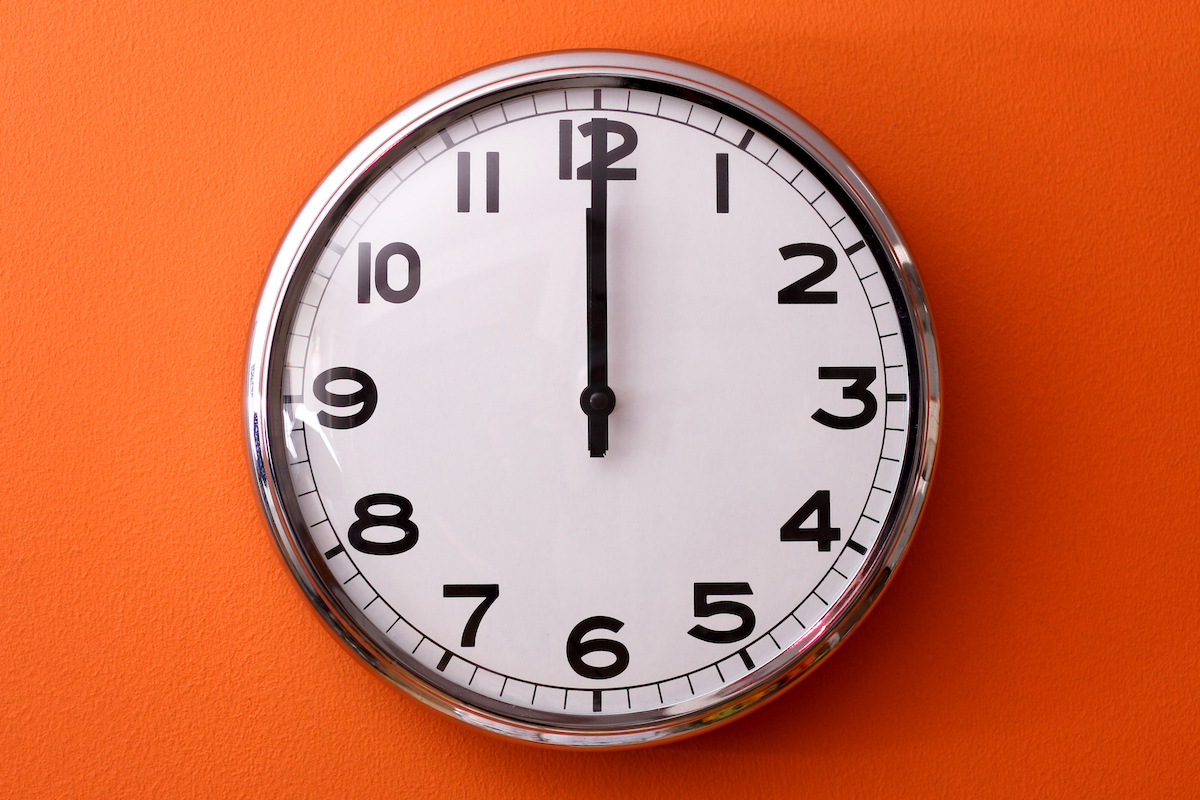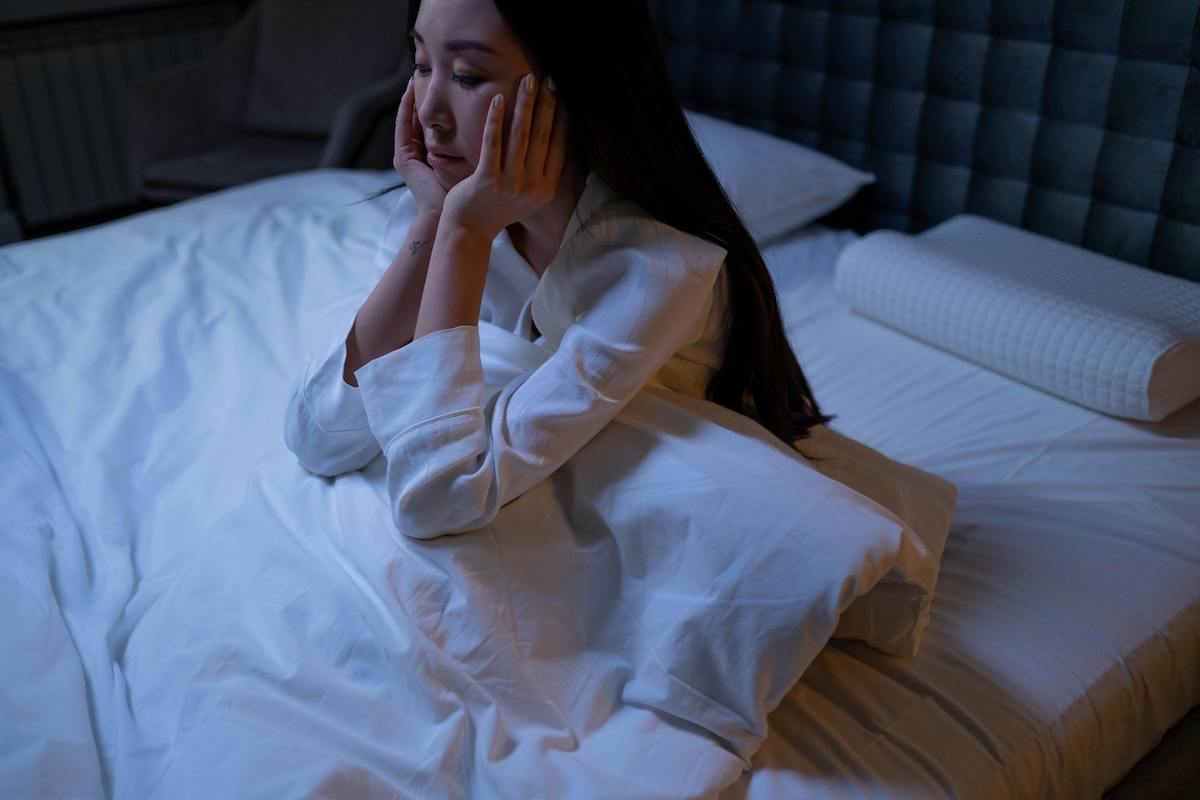What are symptoms to monitor for perimenopause after a hysterectomy? I had mine at 40 and, though I kept my ovaries, some things I’ve read indicate that I may experience menopause earlier (not clear on the reason behind that if I still have the ovaries). What can I expect?
—Post-Hysterectomy
Hysterectomy, a surgical procedure to remove the uterus, is performed for a number of reasons, including benign conditions like fibroids and cancers like endometrial cancer — cancer of the lining of the uterus. In many cases, the uterus and the fallopian tubes are removed but the ovaries are left in the body. This makes sense especially for women in their 30s and 40s who benefit from the estrogen their ovaries continue to produce after their uterus is removed.
The pituitary gland and ovaries don’t know that the uterus is no longer present. They continue to produce the hormones that drive our menstrual cycle as if nothing has changed. Given that, many of the symptoms of perimenopause will be the same for women without a uterus.
Hot flushes and night sweats are caused by dropping estrogen levels. This occurs with or without a uterus. Same with irritability and sleep disruption. What you won’t experience, of course, is changes in menstrual bleeding, and you won’t know for sure when that last menstrual cycle occurs. You could ask your doctor to check your follicle-stimulating hormone (FSH) if you are curious. An elevated FSH (usually defined as greater than 40 milli-international units per milliliter, or mIU/ml) is indicative of menopause.
Cohort studies suggest that ovarian function may be diminished and menopause may occur anywhere from 1.5 to six years earlier in women who have had a hysterectomy than in women who have not. However, it is unclear if this is due to the surgical procedure or to the underlying conditions that made the procedure necessary.Many women who have had hysterectomies can safely take hormone replacement therapy (HRT) to treat their perimenopausal symptoms. For those women who cannot safely take HRT, there are several non-hormonal options to manage perimenopausal symptoms. So definitely let your doctor know if you are having disruptive symptoms.
Community Guidelines















Log in